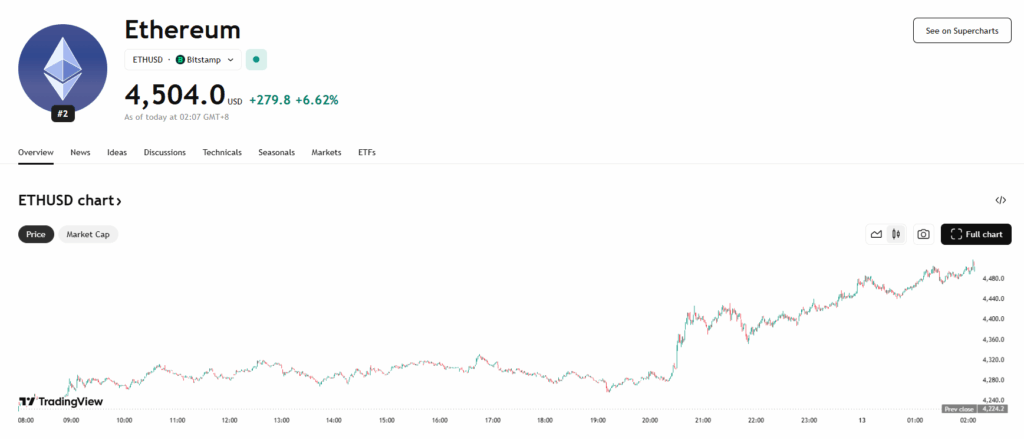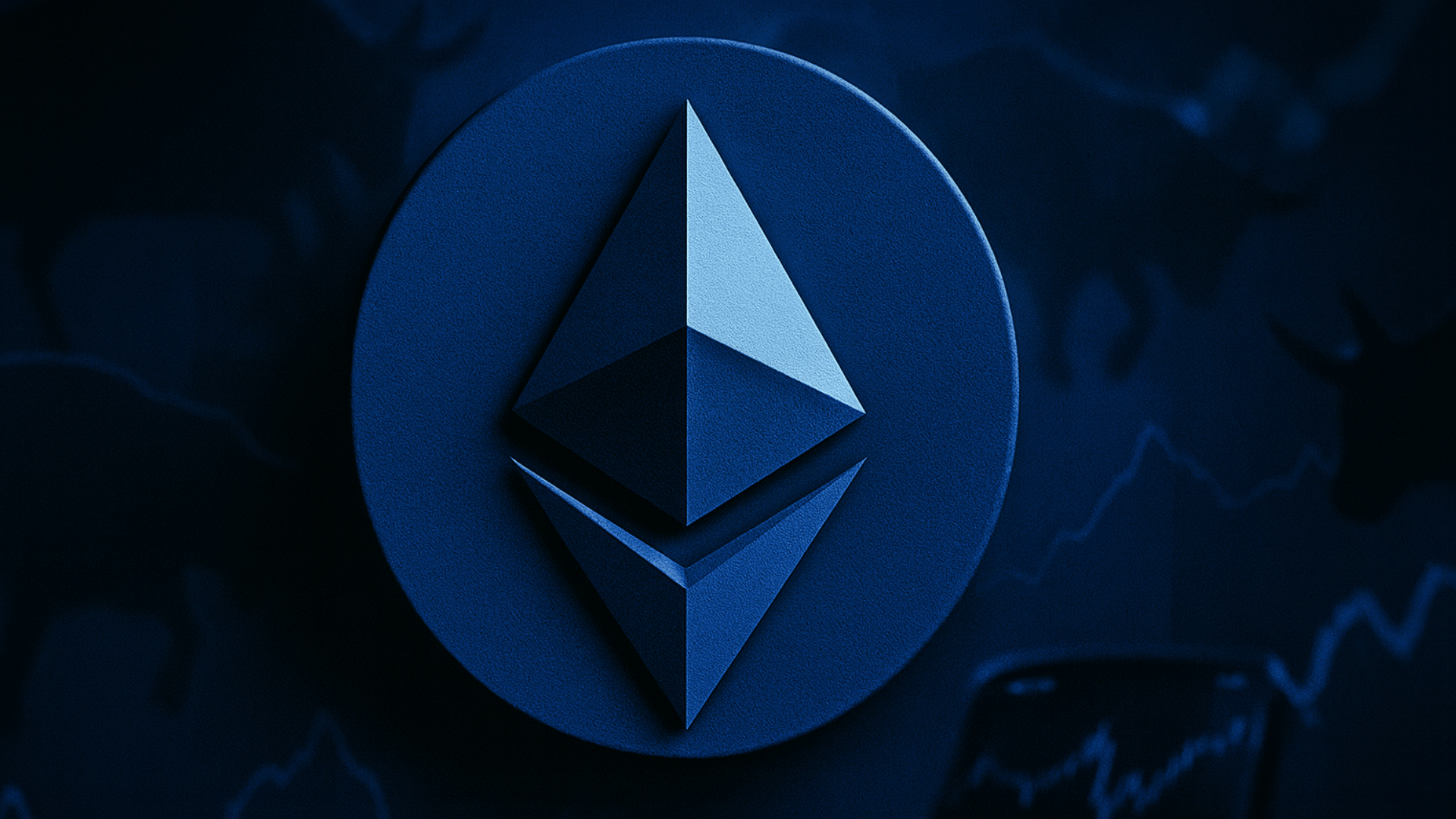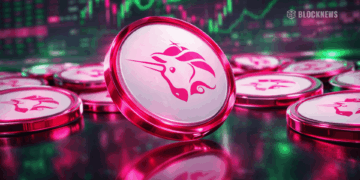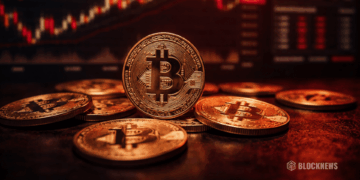- Institutional ETH accumulation, expanding utility, and deflationary tokenomics are driving sustained upward momentum.
- The November 2025 Fusaka upgrade could massively boost scalability and transaction capacity.
- Risks include competition from faster blockchains, regulatory shifts, and macroeconomic pressures.
Ethereum has been on a remarkable run, climbing nearly 200% from under $1,500 in April to around $4,300 today. This isn’t just another retail-fueled pump; a big chunk of the momentum is coming from institutional adoption. Companies like Sharplink and Bitmine are adding substantial amounts of ETH to their treasuries, creating a steady accumulation trend that’s fundamentally different from the short-term buying sprees retail traders usually spark. The question now is whether ETH can double again — and push toward $10,000.
Key Drivers That Could Push ETH Higher
Corporate adoption is still in its early days, but Ethereum’s deep ecosystem and proven smart contract infrastructure make it an attractive hedge against traditional asset exposure. Early movers like Sharplink and Bitmine could set the tone for other companies to follow, building consistent long-term buy pressure.
ETH’s role in DeFi, NFTs, and enterprise blockchain solutions ensures demand isn’t solely hype-driven. Financial institutions adopting blockchain tech will naturally gravitate toward Ethereum due to its developer network, tooling, and track record as the most mature smart contract platform.
With large amounts of ETH locked in staking and network fees being burned during high activity, Ethereum’s supply naturally contracts over time. This creates constant upward pressure, which intensifies during bull markets as network usage soars.
The Fusaka upgrade in November 2025 will be a game-changer, increasing the gas limit from 30M to 150M units. That’s a massive capacity boost, potentially lowering fees, reducing congestion, and enabling transaction volumes that appeal to institutional-scale users.
Clearer compliance frameworks and ETF approvals are opening doors for pension funds, endowments, and other large pools of capital. With fewer legal barriers, institutional allocation into Ethereum becomes far easier.
Expected Fed rate cuts starting in September could drive more investment into risk assets like ETH, as lower interest rates push capital toward higher-return opportunities.
Risks That Could Derail the $10K Path
Rivals like Solana, Cardano, and Avalanche are gunning for Ethereum’s market share with faster, cheaper networks. If Ethereum’s upgrades lag, these alternatives could pull developers and liquidity away. While progress has been made, sudden policy shifts — especially around staking or DeFi — could dampen institutional enthusiasm and weigh on price. If rates stay higher for longer, or if economic uncertainty spikes, risk assets like ETH could see reduced inflows from cautious treasuries.
Failure to deliver on promised upgrades or continued high fees could undermine confidence in Ethereum’s ability to handle future demand. Crypto remains inherently volatile. Even with bullish fundamentals, corrections like the drop from $3,700 to $1,500 earlier this year can happen quickly and test investor patience.

Bottom Line
Ethereum’s run to $10K isn’t a far-fetched fantasy — the institutional inflow trend, upcoming network upgrades, and macro tailwinds create a credible foundation. But sustaining that momentum will require flawless execution on scaling, favorable regulatory developments, and the continued flow of corporate capital. While the upside potential is massive, the road there will likely be bumpy.














